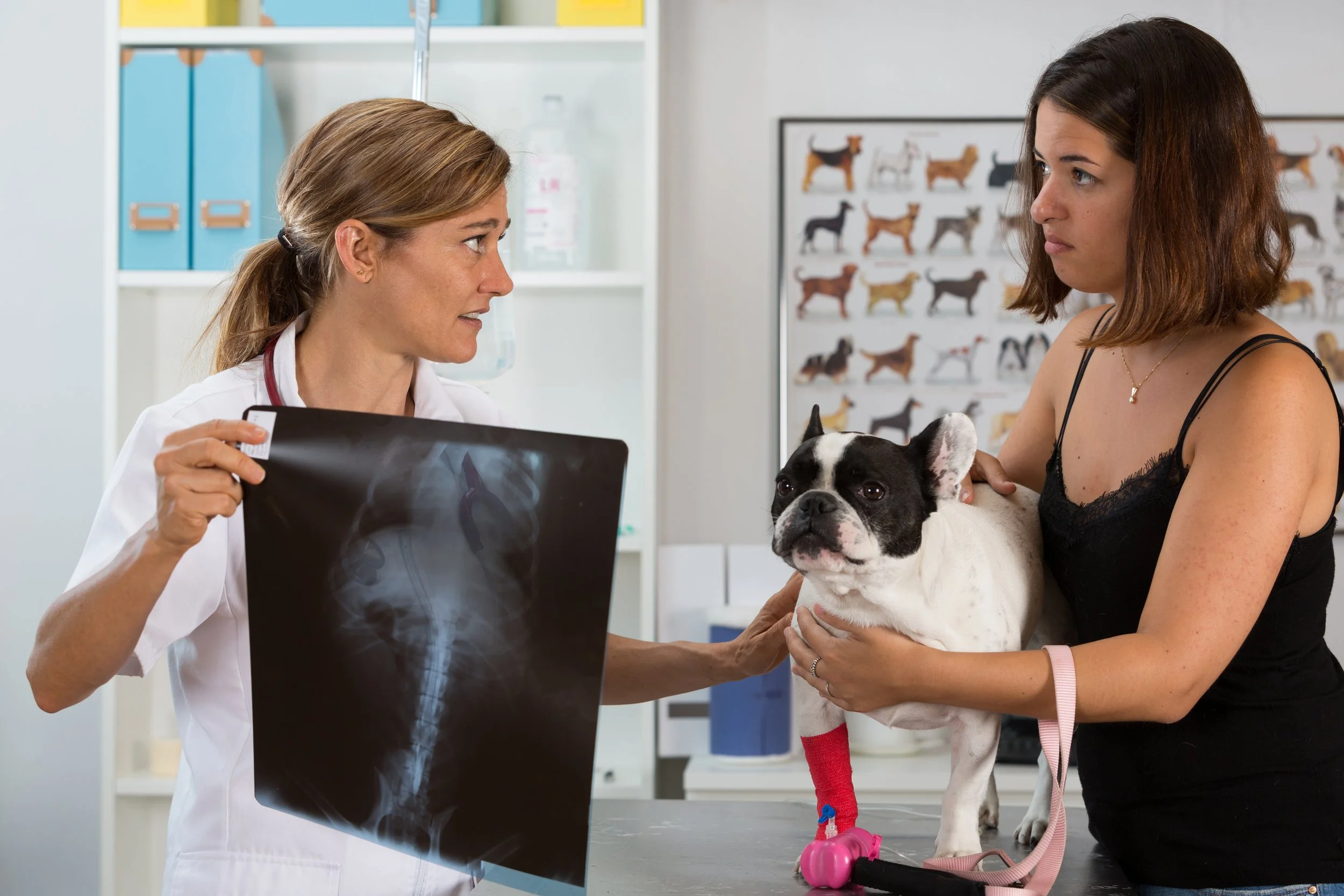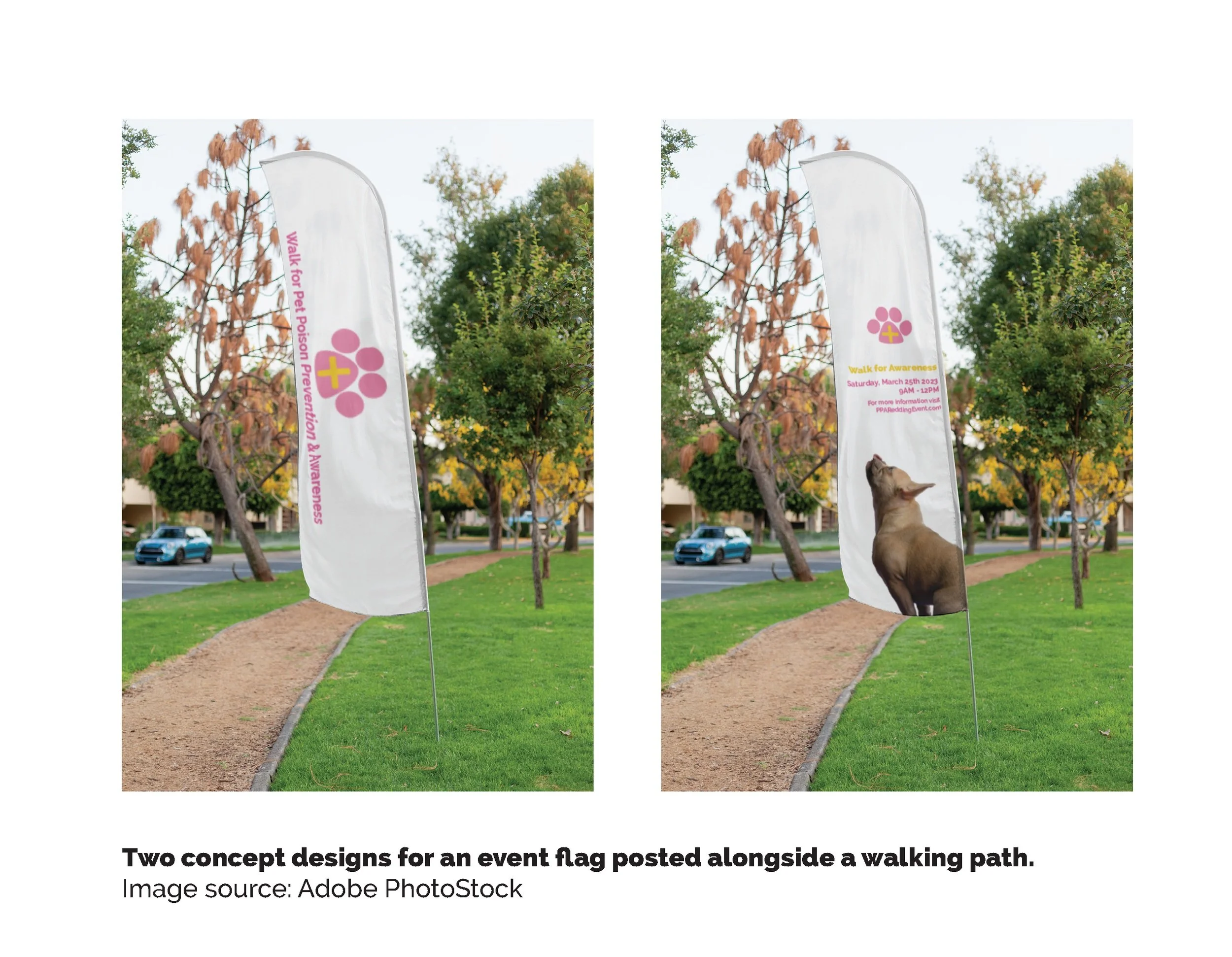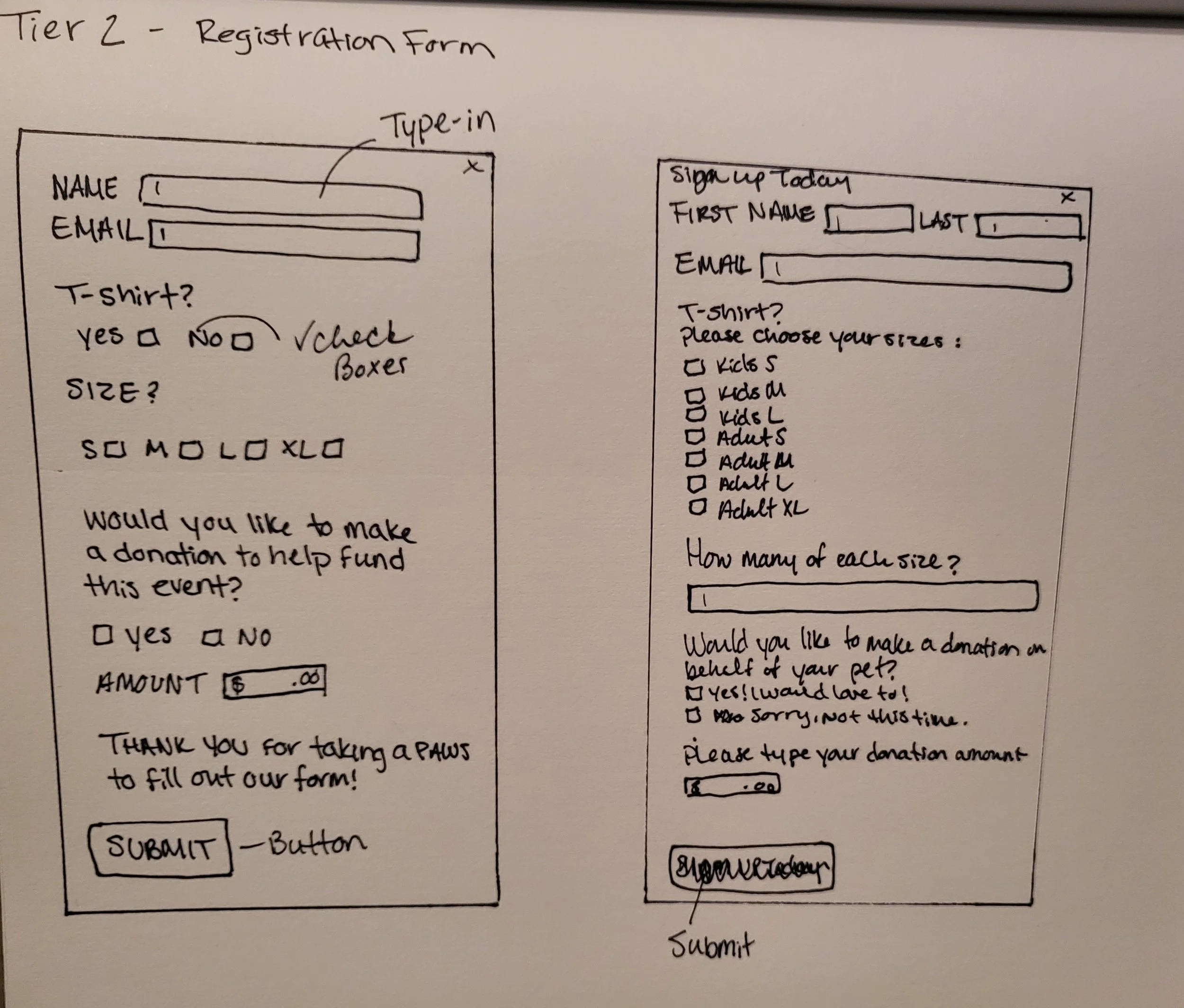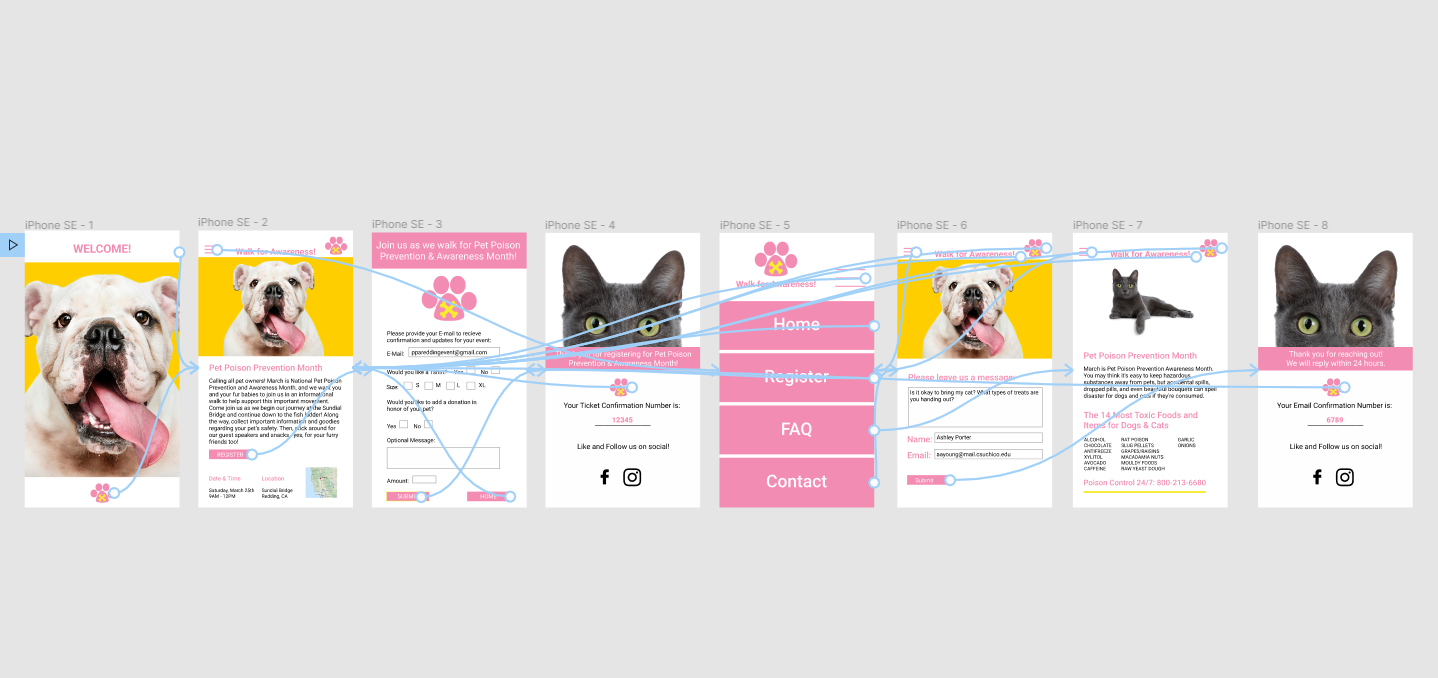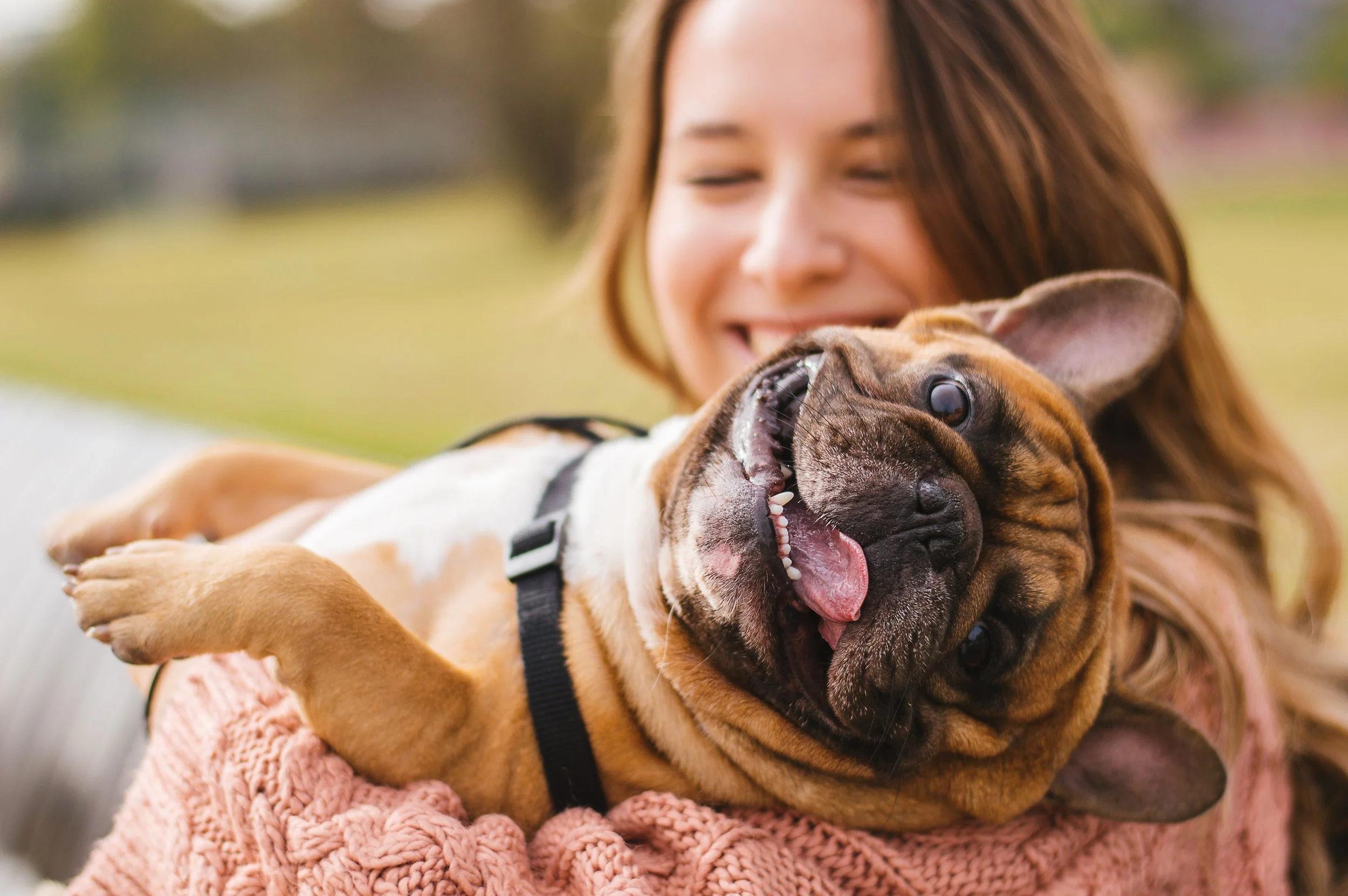Pet Poison Prevention & Awareness
In December of 2021, my husband and I noticed that our cat Luna was acting strangely. It wasn’t enough that she was throwing up, she had on occasion coughed up her fair share of hairballs. It was a couple of days later when she kept wanting to hide from us and we noticed she wasn’t eating. We monitored her over the weekend only to decide that I would take her to the vet first thing in the morning. Even though they were an emergency services office and one of the ladies came out and took a look at Luna and said she seemed fine, we were not seen until five hours later.
After blood tests were run, the results came back that she had incredibly high levels of toxicity and had passed a hard, almost white stool. They told us that it was too late for her. They could not save her. That same day we were with Luna as she took her last few breaths. We hope she knew we were there and how sorry we were that her young life had ended this way.
This spring, still mourning the loss of our beloved cat, I was determined that my senior project be a tribute to her memory as well as a way to hopefully save the lives of other wonderful animals like our little Luna.
A tragic beginning.
Research & Hunt Statement
My research methods consisted of secondary research on the signs and symptoms of pet poisoning. I also conducted qualitative research by surveying 15 local pet owners and by interviewing a local veterinarian.
For my project, I decided to design assets for an event that will help educate pet owners about toxic plants and items as well as how to identify illness symptoms and determine their level of severity.
The goal is to help pet owners understand the severity of illness symptoms to help determine if they should take the animal to see a veterinarian and, if so, to help them get emergency care if needed. The reason I want to focus on this is because a lot of pet owners, new and old, don’t have a complete understanding of not only what is hazardous to their pet but also why their pet may be experiencing certain behaviors.
Survey questions and results.
Veterinarian interview Q & A.
Key Findings
In my research, I discovered that many pet owners, new and old, have taken their pets to the vet’s office when they were unsure of what was wrong. On that same note, the associate veterinarian I interviewed, Dr. Aubrey Collord with VCA Ascher Veterinary Hospital in Redding, CA, agreed that in most cases of pet poisoning, the owners were not sure what was wrong with their pet or what could have caused it. She also stated that any time a pet owner can give them more information regarding a case, the greater the chances of saving their pet, especially when it involves toxicities.
Logo development.
After conducting my research I began to realize that prior to designing any materials, I needed to come up with a logo design. I knew that I wanted to create documents that would indicate to pet owners, my main audience, that these items were to aid their pets in some way. I began to consider possible icons and concepts and eventually decided to go with a simple but efficient idea of a paw print with a plus sign inside.
Final Logo.
The idea for me encompassed a pet or animal idea with the idea of help and awareness. Similar to an ambulance which is red and white, I decided to go with a value of pink and a contrasting yellow. Noticing that the logo didn’t quite convey the right message of pet poisoning, I decided to change the yellow cross to the poison symbol made of bones. The logo has organic and geometric shapes which provide another form of contrast as well as balance within a simple design.
Once I finalized my logo in Adobe Illustrator, I began to consider possible accompanying verbiage. I liked the idea of not being tied to a set logo and text group, but rather allowing the logo to accompany any needed information. Here you can see three versions of the logo: the logo by itself, the logo with the event name, and the logo with the event name, date, and time. For the type I used Raleway Heavy, light, and semibold depending on what verbiage I used to accompany the logo within a design.
Information Design.
Behind every successfully written information brochure, is probably a couple of mistakes. Good thing for drafts and proofreaders! For my informational brochure, I knew I wanted to give Redding pet owners a quick and easy tool they could pull out time and again. This water-resistant cardstock not only lasts the test of time but also receives great feedback from friends and family. Some adjustments that needed to be made I marked in black Sharpie and updated the color for the body text on the yellow page as well as a grammatical error that was discovered. People liked that they learned something new and that they had access to useful and important information.
Final brochure.
After making some minor corrections, I finalized my logo design and printed out a finished copy on a water-resistant cardstock. I feel like the design is successful in categorizing information for my intended audience - Shasta County pet owners.
To view an animated flip book for this brochure, please click HERE.
Marketing Design.
At some point, I finally heard what this project was calling me to do - an event! Not just any event, a walk for awareness to honor my Luna. As it happens, March is National Pet Poison Awareness and Prevention Month. As it also happens, that has come and gone this year, so I decided to plan strategically for next year to hold a walk-a-thon at a public space.
After speaking with a representative at Turtle Bay Exploration Park, I was told I would not need to pay a fee to use the Sundial Bridge in conjunction with the River Trail as they are both public spaces. With a location in mind, I began to brainstorm ideas for getting the word out on social as well as accessories to the event.
Flag banner.
Poster Design.
Web Design.
In order for pet owners to participate in a walk-a-thon, I thought it might be beneficial to offer a couple of ways for them to sign up for the event. First, I began by sketching some wireframes for a simple, one-page layout. The website didn’t need to be inundated with information - that’s what the event is for!
So on my website, I added the pertinent information regarding registering with the option to get a free t-shirt and lunch. Due to likely expenses, I wanted to also include the option to donate money towards the event as well. Using familiar doggo faces, once again I tried to put a light-hearted spin on a serious issue.
Final design.
Mobile Design.
Using the same colors and images as the website, I designed a mockup for a mobile-friendly event sign-up option. At the start of the design is our happy pooch ready to welcome prospective participants to register for the walk-a-thon. After hitting ‘REGISTER’ you are then taken to a curious cat with just a few questions - the same ones you encounter on the website.
Final design.
Once I had a desing layed out in Figma, I set it up in Maze for conducting user testing.
Challenges & solutions.
My biggest challenges for this project were time management and learning a new software tool, Figma.
To manage my time well, I created a plan of action and mapped out the entire timeframe with weekly goals to keep me moving forward. Midway through the project, I returned to the research phase which helped me to pivot from full information design to a more broad scope with the goal being to design the components of an event. Not only do I feel like I was able to have more fun because of this, but I also feel like it was a better solution to the problem of pet poisoning cases in Shasta County.
To learn Figma, I took a course at my local university that focuses on UX design and Design thinking while mainly using Figma. I also utilized learning resources like YouTube to learn tips and best practices. It also helped that Figma is a lot like Adobe Suite, which I know well, in how you navigate and use various elements.
Learnings & Looking Ahead.
Undertaking a comprehensive design project from inception to completion has provided me with invaluable learnings and takeaways. The research phase honed my ability to understand the needs of pet owners, emphasizing the critical role of thorough background research in setting the project's direction. The logo design process demanded a fusion of creativity and strategy, illuminating the importance of crafting a visual identity that resonates with pet poison prevention. While working on information design, I was provided a lesson in visual storytelling, imparting the significance of conveying complex information in a clear, engaging manner. As the project unfolded, learning new tools enhanced my adaptability and resourcefulness, highlighting the ever-evolving nature of design. Ultimately, the synthesis of these elements underscored the sense of unity throughout the various assets making the Pet Poison Prevention event project a realistic possibility moving forward.






